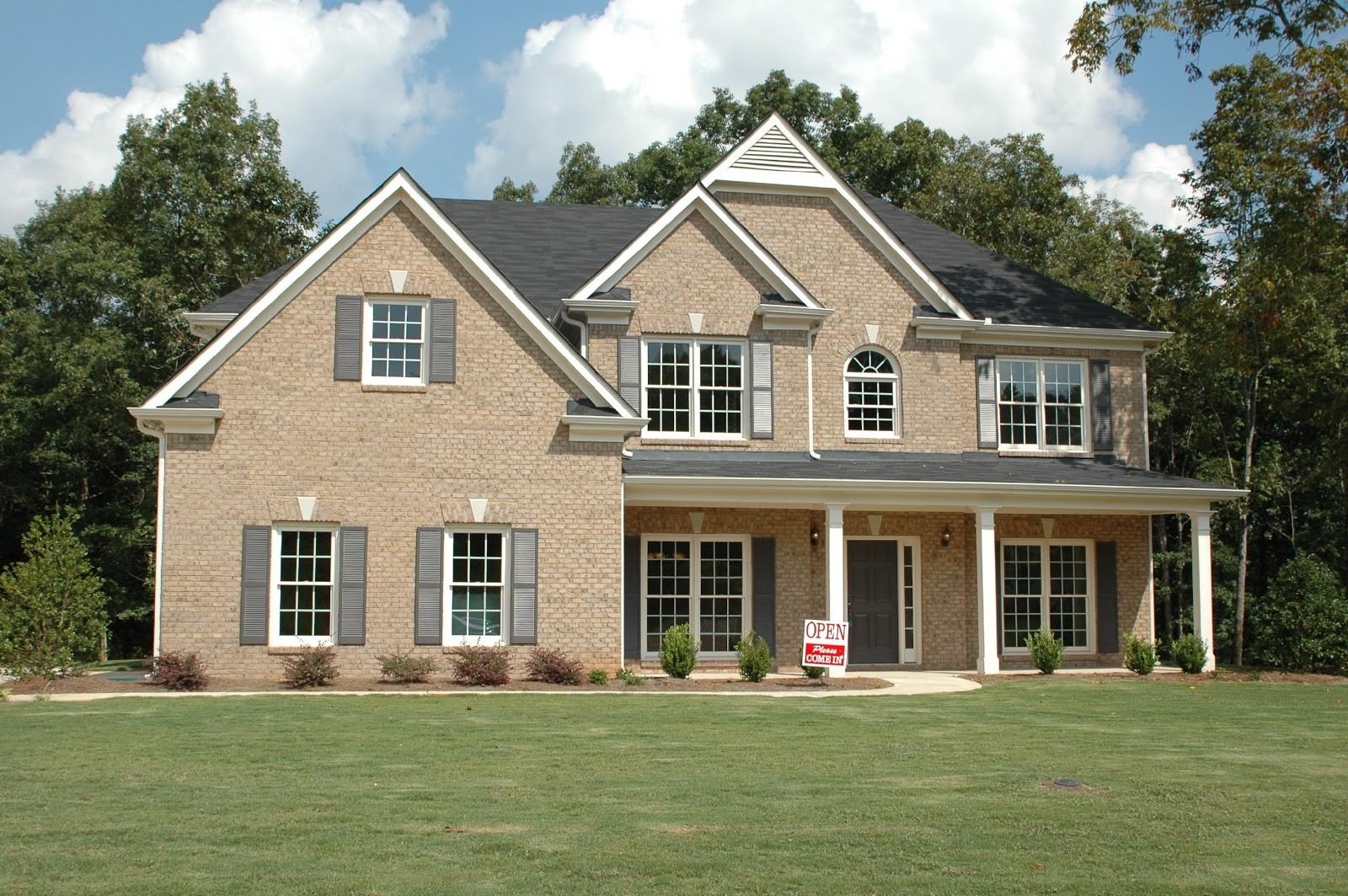One-third of adults over 50 use up 30 percent of their income for home costs, according to a report by the Harvard Joint Center for Housing Studies and AARP Foundation. This often forces them to dip into retirement funds. With such a frightening prospect ahead, you wonder, is it too early to consider downsizing to a less expensive, smaller home?
The Benefits of Downsizing Early
There are lots of advantages to downsizing earlier than expected. If you are still in your 40s, you can make a greater impact on your retirement savings than if you wait longer. For example, if you downsize to a home that costs $100,000 less than your current mortgage, you can have up to $75,000 for savings, according to the Center for Retirement Research’s Using Your House for Income in Retirement report.
Some of the benefits of downsizing, all of which have a cost saving attached, include:
- Moving closer to work and activities.
- Lower utility bills in a smaller space.
- Lower homeowner insurance and property tax fees.
- Lower Homeowner Association (HOA) fees.
- If you move to a condo or co-op, the HOA fees may cover things such as lawn care, landscaping and snow removal. That will save on costs, as well as the headache of finding reliable service providers.
- Some condos include the benefit of a gym membership or pool privileges, saving you even more.
Use this calculator to estimate how much you can save if you downsize now.
Best Practices for Downsizing Early
Downsizing will take time and investment. Use these tips to get started:
Get Organized
The first thing you’ll need to do is declutter your home. When sorting through the years of things you’ve built up, be ruthless with removing it. You can be sentimental but you don’t need to keep every craft and science project that your children have made. You can always take photos of their projects and create an online scrapbook.
Remember, too, that you can donate items, too:
- Old clothing in good shape to homeless shelters
- Unused furniture to Goodwill
- Books to your local library
- Toys to daycare centers and Sunday schools
You may be able to deduct some of those as well or sell them at yard sales. Check out the IRS’ guide to “Determining the Value of Donated Property” and the IRS guidelines for donating to Goodwill.
Be sure to enlist your children. They might be hoarding old toys or have buckets of broken crayons and dried up old markers. Be sure to throw out their outgrown clothing as well.
Take Stock
Once you’ve gotten rid of most of the items, determine what to leave behind, sell or donate once you move. That will give you an idea of how much square footage and closet space you’ll need in your new home.
Next, do a deep cleaning. You may want to hire a professional. Review it – inside, outside, landscaping – with a critical eye for resale. Does your home have curb appeal? Do you have water damage anywhere? Are your appliances in serviceable condition? Keep in mind that a beautiful kitchen is one of the top-selling features in a home. Read more ideas in “8 Ways to Boost Your Home Value.”
Budget For Change
Now that you know size requirements and costs, you can start budgeting for your downsize. Repair and/or replace any items that could hinder a sale. Remember that a good coat of paint can make any room look better, but it won’t repair any damage. Remodel only if necessary or if you can dramatically increase home value with little investment.
Because you’ve already pared down on “stuff,” your home should be easy to create a blank, clean canvas with small touches like flowers to attract people during an open house. Your realtor will appreciate the work you’ve done. And, your retirement account will appreciate the investment.
Photo credit Pixabay


About the author